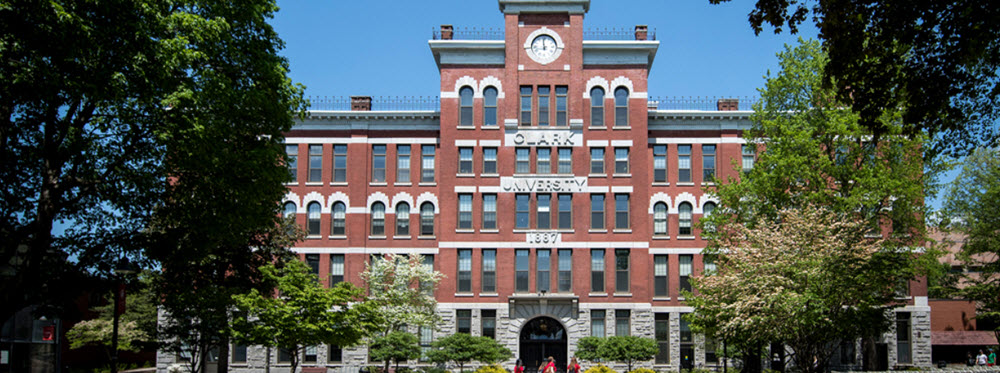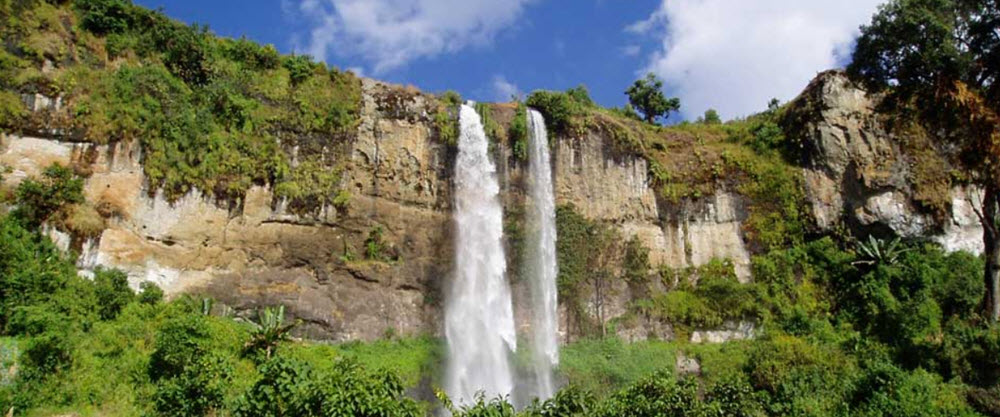Contents
After his break with Sigmund Freud in 1913, Carl Gustav Jung feel into a period of mental health problems and isolated himself. He was also drafted as a military doctor during the First World War and spent time leading a Swiss camp for British officers and soldiers.
After the end of the war, Jung emerged from both isolation and war-work in the late 1910s and embarked on a period of his life when he both published plenty of articles and books and travelled extensively.
Travels in England
In 1920, Jung travelled to Cornwall to hold a seminar there, arranged by the British M.D. Constance Long who had edited Jung’s Collected Papers on Analytical Psychology in 1916.
Jung returned to England for more seminars in 1923 (arranged by Helton “Peter” Godwin Baynes) and then again in 1925.
In 1938, he was awarded an honorary degree from Oxford and gave the presidential address at the 10th Medical Congress for Psychotherapy there.
Travels in the United States

Before his break with Freud, the two had visited the United States together in 1909 to lecture at Clark University in Massachusetts. In 1912, Jung returned to the USA to lecture at Fordham University in New York – lectures that were published as Psychology of the Unconscious ( Wandlungen und Symbole der Libido ).
So, when Jung started travelling again after the end of World War I, it was only natural for him to return to the United States. During the winter of 1924-1925, he embarked on a rather long journey through the U.S. Organized by Fowler McCormick and George Porter. Among other things, Jung got a chance to visit Ochiwiay Biano (Chief Mountain Lake), an elder of a Native American group living in Taos Peublo in New Mexico. Jung would later write about this encounter in his book Memories, Dreams, Reflections.
In 1936, Jung returned the U.S. again, to give lectures in New York and New England. The following year, he delivered public lectures at Yale University as a part of the Dwight H. Terry Lectureship. (The purpose of this lectureship, which was established in 1905, is to engage scholars and the public in a consideration of religion from a humanitarian point of view, in light of modern science and philosophy.) The lectures given by Jung at Yale was later published as Psychology and Religion.
Travels in East Africa
In the fall of 1925, Jung really stepped out of his comfort zone by embarking on the Bugishu Psychological Expedition to East Africa, inspired by the display of African art and culture at the British Empire Expedition held in Wembley Park in 1924-1925. With him, he had his apprentice Helton “Peter” Godwin Baynes and Baynes’ psychoanalysis client George Beckwith. Jung wished to find African natives who had never been in contact with European culture, since he wanted to learn about the spiritual life of people not influenced by “the modern world”.
Getting to Africa
Jung and Beckwith departed by ship from Southampton on 15 October 1925, while Baynes took the land route through Europe and reunited with them in Genoa, Italy. From Genoa, the ship took them to Mombasa, Kenya where they could catch a train to Nairobi in inland Kenya.
Mount Elgon

After a week of supply gathering in Nairobi, the expedition continued by safari-car to the foot of Mount Elgon, an extinct volcano located at the Kenya-Uganda border. There, Jung hoped to find culturally isolated people that he would somehow be able to talk to, and have conversations with that would increase his understanding of “primitive psychology”.
They had some trouble finding Mount Elgon, since they didn’t bring any local guides. Jung almost stepped on a puff-adder, a pack of hyenas attacked their camp, and Beckwith was nearly bitten by a seven-foot mamba as it darted at his back from a termite hill. They encountered a retired British foreign officer stationed in the Nandi District, who would later write about the expedition and express amazement at their naivete.
Jung was worried about Beckwith’s well-being in Africa, because of a nightmare Beckwith had told his analyst about back in Zürich and an ominous message Jung had received in an I Ching reading shortly before the start of the expedition.
Malaria
Towards the end of the expedition, Beckwith fell very ill with malaria in Cairo. Fortunately, the group had encountered a woman named Ruth Bailey while in Kenya and she had decided to come with them on the rest of their trip. Bailey had nursing experience and helped Beckwith recover, and he could get on the ship back to Europe as planned.
Conclusion
Jung set out on the expedition with the idea that he would encounter native Africans that would give him new insights about “primitive psychology”. Afterwards, he concluded that the major insights he had gleaned from the expedition were about himself and the European psychology in which he had grown up.
Travels in India
In December 1937, Jung left Europe for India where he took part in an extensive tour together with Fowler McCormick.
In India, Jung immersed himself in Hindu culture and philosophy, and his experience in India would later become important elements in his understanding of symbolism and the unconscious.
Jung fell ill during the trip and spent two delirious weeks in hospital in Calcutta (Kolkata). This would be his last trip outside Europe.